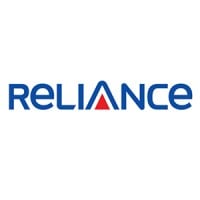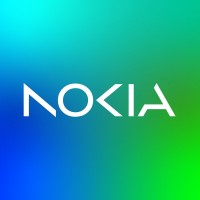
Reliance Communications
Reliance Communications Limited, founded by the late Shri Dhirubhai H Ambani (1932-2002), has Corporate clientele that includes 40,000 Indian and multinational corporations, including small and medium enterprises. Reliance Communications has established a pan-India, Next-Generation, digital network that is capable of supporting best-of-class services spanning the entire communications value chain. Reliance Communications owns and operates the world's largest Next-Generation IP-enabled connectivity infrastructure, comprising fiber optic cable systems in India, the USA, Europe, Middle East and the Asia Pacific region.






